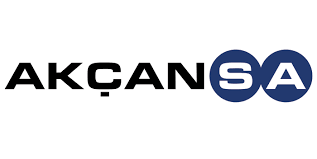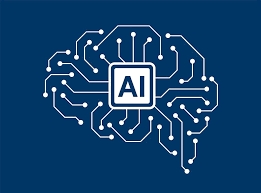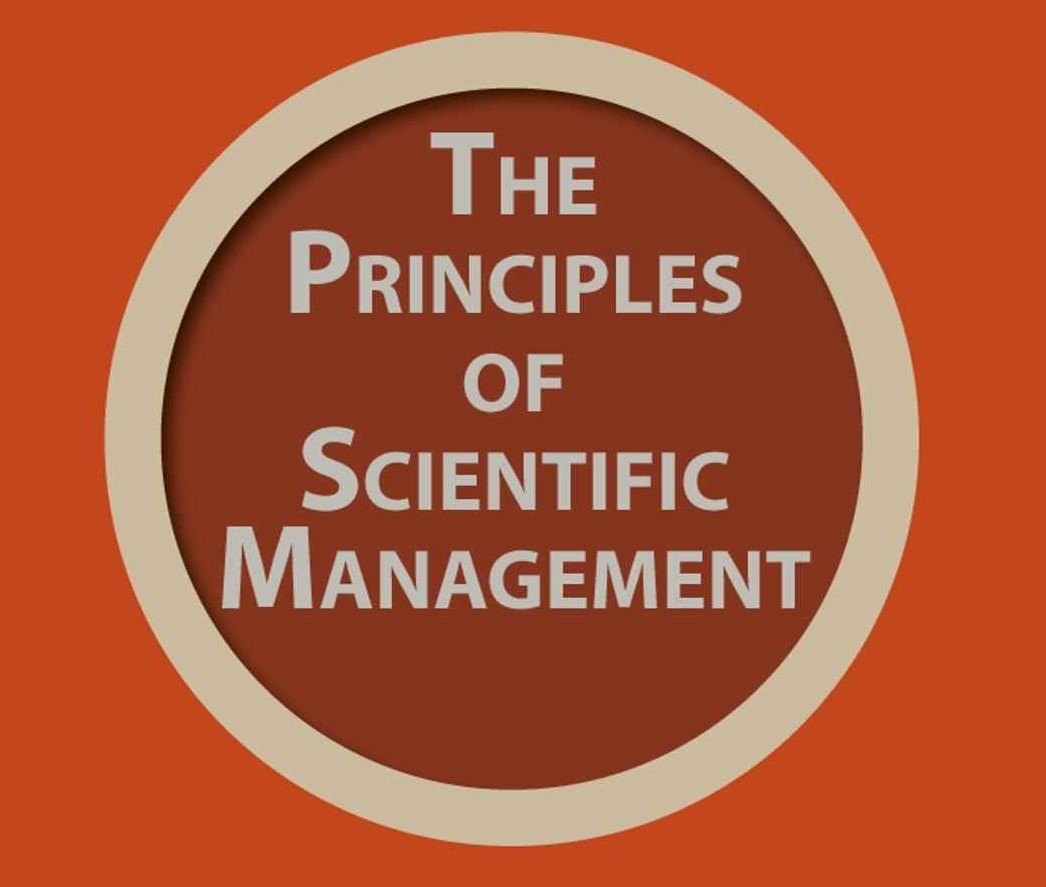09 Mayıs 2013 12196 0 PROCESS ENGINEERING Fonksiyon360
- Defining Process
- Measuring Process
- Controlling Process
- Improving Process
1. Ownership of the Process
To actively manage a process, an owner should be defined to the process. First thing to be done in process management is t define a owner.
INPUT----> organizational structure duties
PROCESS ACTIVITIES---> Determining the owner of the process
OUTPUT--->individual responsibilities to determining process, identifying, measurement, control and improvement
2. Defining Process
After the process has an owner, the second stage is definition of the process. This stage is to determine which element will define the process in which way.
Benefits of Defining the Process
• Customer-supplied relation is defined.
• Internal or external all the customers are known.
• Requirements are documented and agreed.
• Customer expectations and requirement can be met (This means equivalent, not much not less).
• Boundaries are clear and consistent.
• Process activities are well-defined.
• Opportunities for improvement are open.
Work Flow Diagram
To show how the process occurs, work flow diagram is the most practical and preferred methods. In work flow diagram every element of the process can be clearly seen in terms of relation and order. Work Flow Diagram enables to take a view from above.
3. Measuring Process
A process should be measured in order to be managed. After the process is defined, a process management system should be constructed. Owner of the process can get every information to manage the process after the measurement system is will established.
Input(s), output(s) and process will be measured.
Decision Points
Decision points are used to control the process and beneficial for measurement and data collection. They are classified into two:
1. Control points to monitor the process: examination, test, evaluation and revision of collected data.
2. Points that determine flow: points that direct process flow such as classification or regulation
Basic Properties of Process Measurement
- Quantitative (process performances such as quality, time, cost)
- Repetitive (measurements should be done periodically)
- Meaningful (should provide an information to make a decision)
- Accurate (should enable to see the state or operation of the process)
- Applicable (should be able to use the same data without changes in the process)
- Usable (should be used to evaluate, correct and improve the process constantly)
Why is the Measurement of Process Made?
• Show the status of the process.
• Triggers corrective activities.
• Guarantees competence with design.
• Directs process improvements.
• Classifies the process to analyze the problems better.
• Eases supplied management.
• Confirms process correction and improvement.
• Evaluates competence of expectations and requirements.
• Helps to estimate resources needs with past data.
Creating Process Measurement System
Here when a process measurement system is established, necessary method suggestions will be given. In creating process measurement system, there are three main steps:
1. Determining measurement needs
2. Planning measurement system
3. Application of measurement systems
To have a detailed information, please click here.
4. Controlling the Process
Controlling the Process
If the conditions below are set, then the system is controlled.
- Consistency in outputs
- Removing some important controls
- Constant customer satisfaction
- Defining the reasons of data trends and deviations and enabling re-arrangement of the process
- Correction activities to be in line with inabilities of product or service as well as the process
Benefits of Process Control
• Outputs constantly meet requirements
• Verified process performance
• Decrease in business costs
• Effective resource use
• Decrease in repetitive problems
• Increase in customer trust
Corrective Activity Cycle
This system is regarding Product and Service correction and consists of problem defining, problem solving and confirmation of the solution steps. When such a system is applied, you should make sure that every problem is solved. This means constant repetition of the system itself.
5. Improvement of the Process
After controlling the process next step is to apply the process improvement.
CONCLUSION
Process Management is also a " management process.
- Is the process developing under control? If the answer is no, control action should be taken.
- Do you have proper measurement values? If the answer is no, measurement system should be re-visited.
- Is the process accurately defined? If the answer is no, the process should be redefined.
- Is the owner of the process openly defined? If the answer is no, process ownership should be re-defined.










